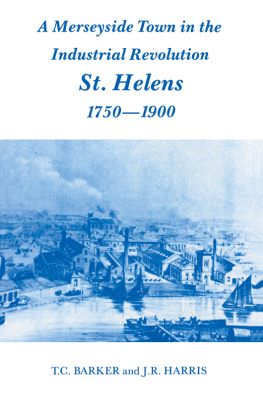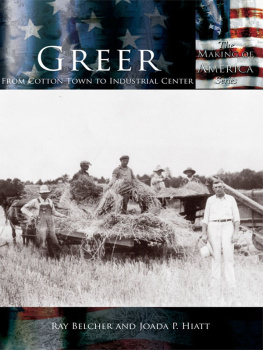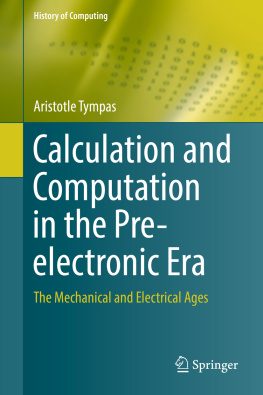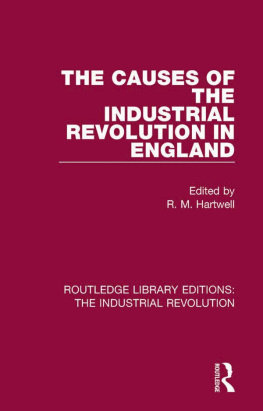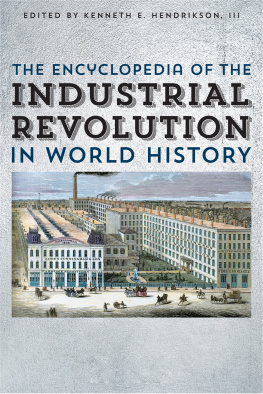Published in 1993 in Great Britain by
FRANK CASS & CO. LTD.
2 Park Square, Milton Park,
Abingdon, Oxon, 0X14 4RN
and in the United States of America by
FRANK CASS
270 Madison Ave, New York NY 10016
Copyright 1954,1993T.C. Barker and J.R. Harris
First published by University Press of Liverpool 1954
Reprinted 1959
Third impression 1993
Transferred to Digital Printing 2005
British Library Cataloguing in Publication Data
Barker, T.C.
Merseyside Town in the Industrial
Revolution: St. Helens, 1750-1900.
-Newed
I. Title II. Harris, J.R.
338.942757
ISBN 0-7146-4555-9
Library of Congress Cataloging-in-Publication Data
Barker, T. C. (Theodore Cardwell), 1923-
A Merseyside town in the industrial revolution: St. Helens
1750-1900/T. C. Barker and J. R. Harris
p. cm.
Includes bibliographical references and index.
ISBN 0-7146-4555-9
1. Saint Helens (Merseyside, England)-Economic conditions.
2. Saint Helens (Merseyside, England)-Industries-History.
I. Harris, J. R. (John Raymond) II. Title.
HC258.S3B3 1993
330.9427'57 - dc20
93-30817
CIP
All rights reserved. No part of this publication may be reproduced in any form or by any means electronic, mechanical, photocopying, recording or otherwise, without the prior permission of Frank Cass and Company Limited.
Introduction
M ODERN St. Helens can justly be described as a product of the Industrial Revolution. The local coal industry received a powerful stimulus from the cutting of the first English canal, and to the coalfield were attracted the furnace industries, glass, copper and chemicals. These industries have received relatively little attention at the hands of economic historians, and no apology is made for devoting much of the book to them. The new industries brought people from far and near, and many pages have also been given to the life and condition of the population during the years when the town was growing rapidly.
We have been particularly fortunate in discovering much documentary evidence which seems to modify to a considerable extent what has been written on town life at this period. At all times we have tried to keep in mind that St. Helens is part of Merseyside, and that the life and trade of Merseyside are part of a national picture. We are emphatic that the history of any industrial town, seeking its raw materials over a wide area and selling its finished products over the whole world, cannot be studied in isolation. We have accordingly related the growth of the town to the economic pattern of Merseyside and to national events. It is our hope therefore, that this book will be of interest not only to the people of St. Helens, and to other inhabitants of Merseyside, but to those interested in economic history generally.
This study has been largely based upon hitherto unpublished documents in local, county and national archives, and upon other materials which we have unearthed for ourselves. Newspapers have also been of great importance, particularly the Liverpool papers from 1757 and the St. Helens press from the middle of the following century. It is from these two types of source that much of the detail is derived, and if that detail serves to show readers that the growth of a modern industrial town was an extremely complex process, brought about by influences both small and great, it will not have been presented in vain.
This book is a work of collaboration ; a task made easier by the fact that both the writers have spent most of their lives in the district which they are describing. Although, generally speaking, the eighteenth century has been the responsibility of Dr. Harris and the nineteenth of Dr. Barker, there has been a constant interchange of ideas and notes during the five years over which this study has extended. Certain chapters have, in fact, been written jointly. These are : I, II, V, IX, and X. of Dr. Barker.
So many people have helped us in the writing of this book that we cannot thank them all here. From the outset we have received the warmest support from Mr. N. F. Newbury, the Director of Education for St. Helens, without whose personal interest this book would not have been attempted. The University of Manchester provided the generous post-graduate scholarships which enabled the necessary research to be undertaken. Professor Arthur Redford and Dr. W. H. Chaloner gave us the wise advice and careful training in research which we hope has enabled us to produce a book which will be worthy of the tradition of the Manchester History School. St. Helens Corporation not only helped to defray the expenses of research, but also made a most liberal grant towards the cost of publication. We are deeply indebted to Professor F. E. Hyde for the great interest he has shown in our book, and for recommending it to the University Press of Liverpool, whose Secretary, Mr. R. A. Downie has given us much helpful advice.
Among those who have assisted us by putting manuscript material at our disposal we would especially wish to thank Col. H. A. Bromilow, Mr. Griffith of Greenall, Whitley & Co Ltd., Lt.-Col. M. Hughes-Young and his agent, Mr. W. V. Spencer, and Sir Harry Pilkington, Chairman of Pilkington Brothers Ltd. The number of references to documents at the Lancashire Record Office and at the St. Helens Library sufficiently show our indebtedness to Mr. R. Sharpe France, Mr. H. C. Caistor and their staffs. We have received splendid co-operation from the local press from the very outset. Mr. R. P. Brady of Cowley School planned the maps, the cartography of which has been the responsibility of Mr. A. G. Hotchkiss of the Department of Geography in the University of Liverpool. The Historic Society of Lancashire and Cheshire kindly lent the block of the illustration at p. 18. We have not space to thank all the hundreds of people, particularly at St. Helens, whom we have burdened with enquiries or who have brought material to our attention ; we hope they will not be disappointed with the book they have helped to make.
Certain sections of the book have received helpful criticism from Dr. W. H. Chaloner at Manchester, from Mr. G. Clayton, Dr. S. B. Saul and Mr. B. B. Parkinson at Liverpool, from Mr. A. J. Taylor of University College, London, from Dr. E. M. Hampson of the University of Aberdeen, from Dr. R. Dickinson and Dr. D. W. F. Hardie of Imperial Chemical Industries, from Mr. M. N. Leathwood and Dr. W. B. Price of Pilkington Brothers Limited, and from Mr. F. A. Bailey and Mr. N. H. Barker. They are in no way responsible for any of our errors or opinions.
T. C. B. | London School of Economics and Political Science, University of London. |
J. R. H. |

